Tire Buying Guides
Free shipping
Best price guarantee
Special pricing
Financing with Resolve
Easy returns
Many truck and SUV owners find themselves stuck between choosing all-terrain tires for daily driving or mud-terrain tires for serious off-road adventures. The tire industry has responded with a solution that delivers the best of both worlds: rugged-terrain tires.
RT tires have gained popularity among overlanding enthusiasts and weekend warriors who need versatile performance. These hybrid-terrain tires handle everything from morning commutes to afternoon trail runs without forcing drivers to compromise on either end of the spectrum.
Understanding what RT tires offer helps vehicle owners make informed decisions about their next tire purchase. The technology behind these tires represents years of development aimed at solving the age-old problem of balancing off-road capability with on-road comfort.
What Are RT Tires?
RT stands for rugged-terrain tires, a category that bridges the performance gap between all-terrain and mud-terrain options. These tires combine design elements from both tire types to create a balanced solution for drivers who refuse to limit themselves to just highways or just trails.
The construction of rugged-terrain tires starts with an aggressive tread pattern that falls somewhere between the modest blocks of all-terrain tires and the massive lugs of mud-terrain designs. This middle-ground approach allows RT tires to bite into loose surfaces while maintaining enough rubber contact for stable highway driving. Manufacturers achieve this balance through carefully engineered tread blocks that feature:
- Strategic void placement: Open channels between tread blocks, clear mud and debris without creating excessive road noise
- Variable pitch design: Different-sized tread elements reduce harmonic vibrations for quieter highway cruising
- Reinforced shoulder blocks: Enhanced edge traction for cornering on both pavement and loose surfaces
Beyond the tread pattern, RT tires incorporate structural innovations that set them apart from standard tire categories. Three-ply sidewall construction provides the durability needed for rock crawling and trail obstacles while maintaining enough flexibility for daily driving comfort. The sidewalls often feature raised lettering and protective ribs—not just for aesthetics but for added protection against punctures and abrasions.
Many drivers know RT tires by alternative names: rough-terrain, hybrid-terrain, or extreme-terrain tires. Regardless of the terminology, these tires serve the same purpose, delivering enhanced off-road traction without the extreme penalties associated with dedicated mud tires. The engineering behind RT tires focuses on versatility rather than specialization, making them ideal for vehicles that transition between urban environments and outdoor adventures throughout the week.
How Do RT Tires Compare to Other Tire Types?
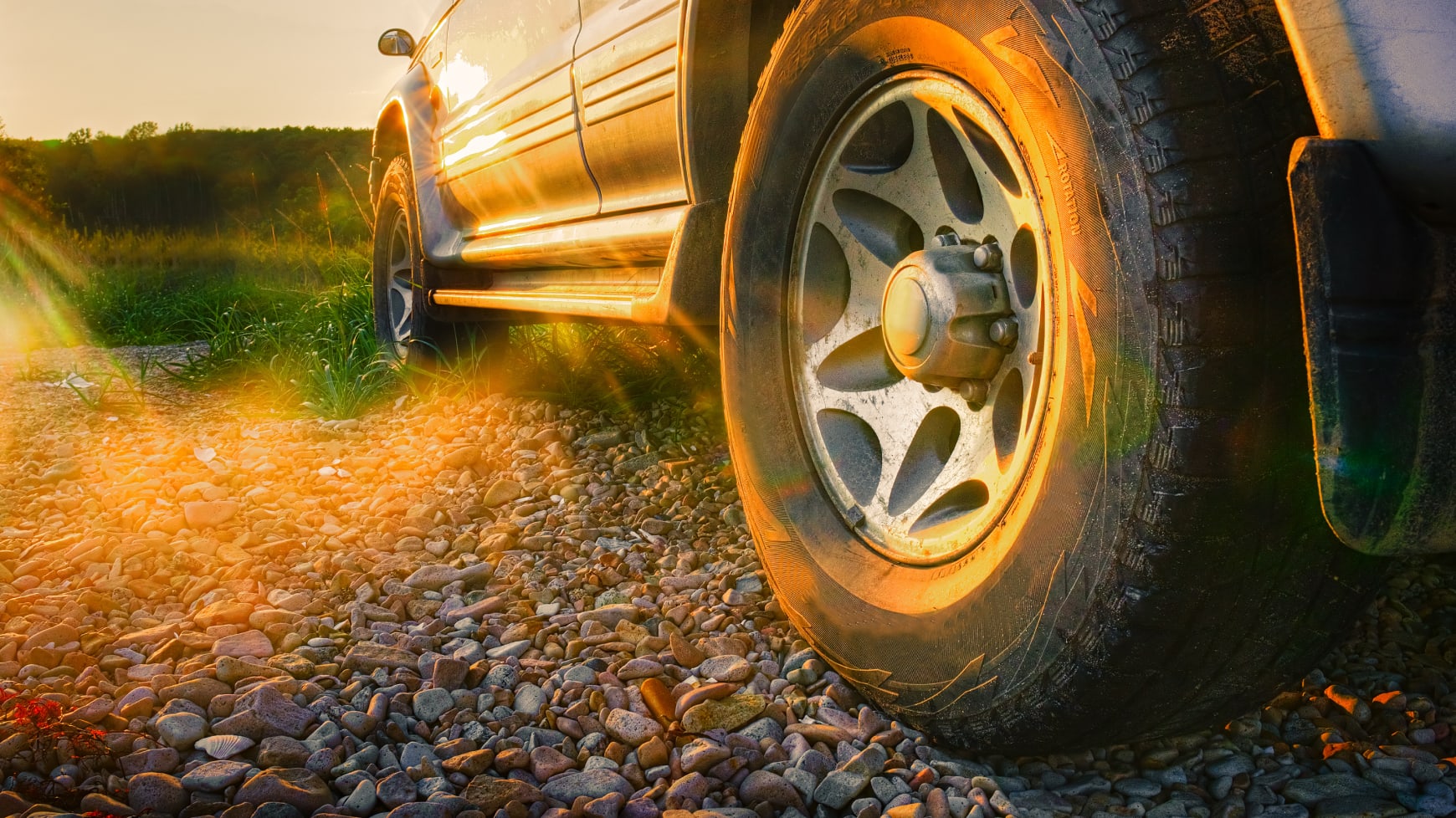
RT vs All-Terrain Tires
Rugged-terrain tires stand out with their distinctive tread design, offering larger and deeper blocks that enhance grip on challenging surfaces such as mud and rocks. This feature makes them a top choice for drivers who frequently explore rough terrains. In contrast, all-terrain tires present a more balanced approach, suitable for those who spend most of their time on highways with occasional off-road detours.
The tread design of RT tires might contribute to increased noise levels compared to all-terrain options, yet they remain manageable for daily use. The durability of RT tires is amplified by their reinforced sidewalls, making them ideal for off-road enthusiasts who demand more from their tires during adventures. Drivers who engage in off-road activities 15-50% of the time will find RT tires more suited to their needs, as opposed to the 5-15% off-road usage typical for all-terrain tires.
RT vs Mud-Terrain Tires
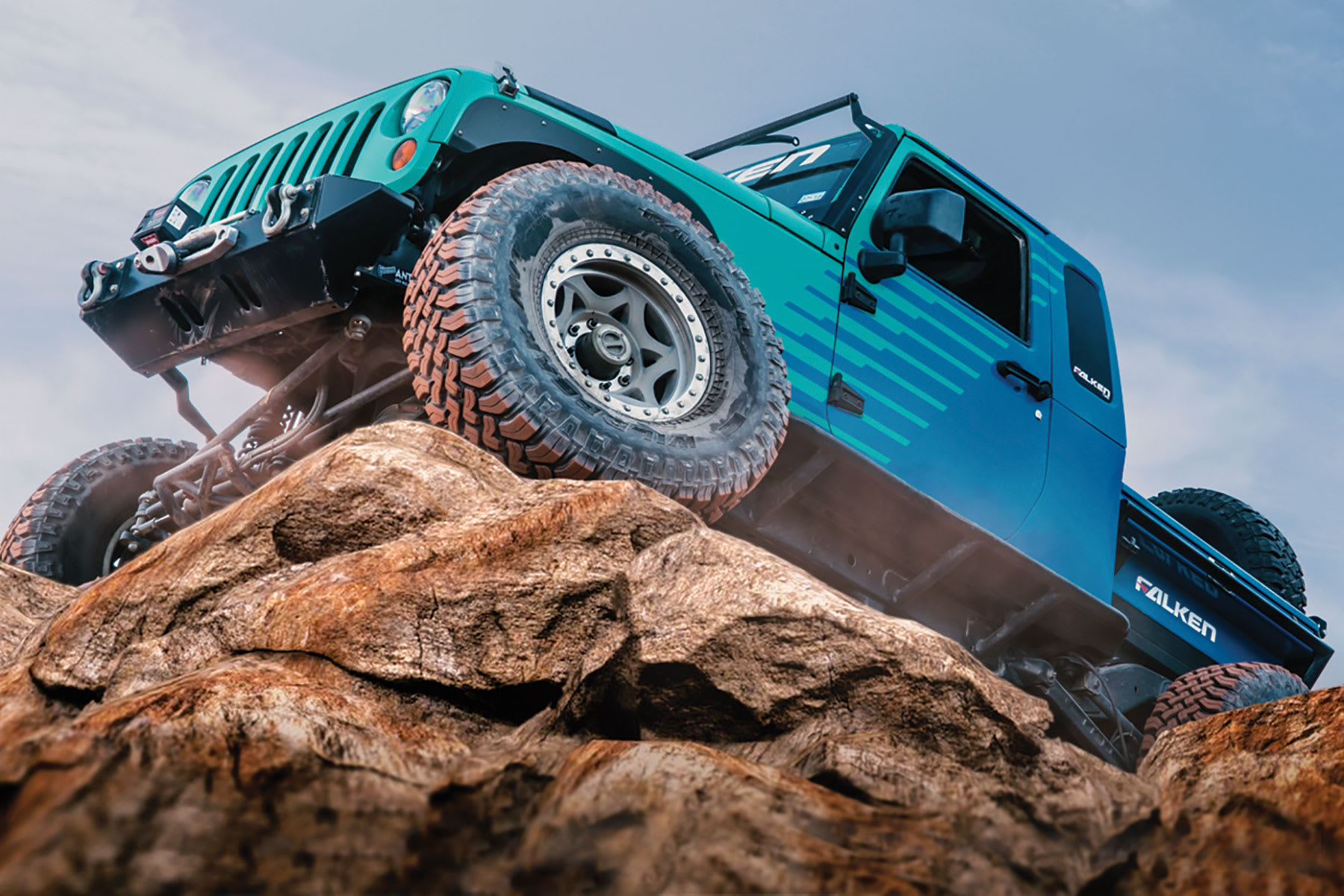
Compared to mud-terrain tires, rugged-terrain options excel in providing a harmonious blend of on-road comfort and off-road capability. Their tread patterns are designed to reduce road noise and improve fuel efficiency, making them a practical choice for drivers who navigate both city streets and rugged paths.
Mud-terrain tires are optimized for extreme conditions, such as deep mud and loose soil, but they often compromise on-road efficiency. RT tires, however, offer superior braking on paved roads, enhancing safety for those who need dependable performance across varied environments. With less aggressive sidewall features, RT tires ensure a smoother ride, catering to those who prioritize both off-road prowess and daily driving comfort. This makes them perfect for drivers seeking off-road capabilities without the intense characteristics of mud-terrain tires.
What Are the Key Features of RT Tires?
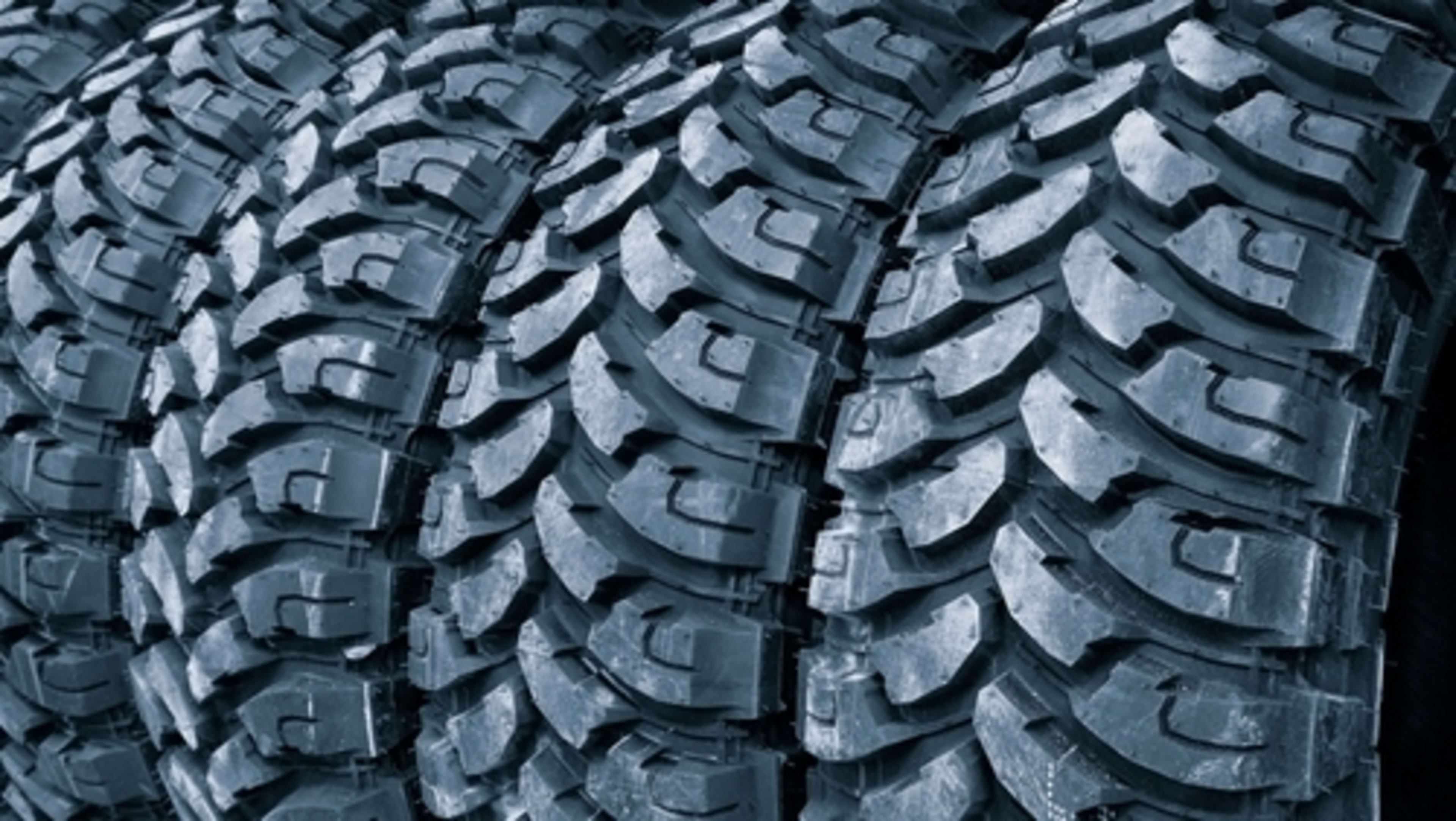
Rugged-terrain tires distinguish themselves with expansive tread designs, crafted to optimize traction. The prominent tread blocks not only grip loose terrain effectively but also facilitate the expulsion of mud and debris. This ensures that the tire maintains optimal road contact, enhancing control and safety during off-road adventures.
A notable feature of RT tires is the inclusion of siped lugs. These fine cuts within the tread blocks improve grip, particularly on wet and icy surfaces, ensuring dependable traction in challenging weather conditions. This makes RT tires a reliable choice for drivers who frequently encounter variable weather.
The durable framework of RT tires is exemplified by their robust sidewall construction. Built to withstand the rigors of off-roading, this construction guards against punctures and abrasions common on rough terrain. Moreover, stone ejectors embedded in the tread provide an active defense against potential rock damage, ensuring that debris does not compromise the tire's integrity.
RT tires are also versatile, as evidenced by their M+S (Mud and Snow) rating, with some models also showcasing the Three Peak Mountain Snowflake symbol. These ratings confirm their capability in handling muddy and snowy conditions, underscoring their all-weather adaptability. The tread design achieves a delicate balance between effective self-cleaning and maintaining stability on highways, making RT tires a comprehensive solution for diverse driving environments.
When Should You Choose RT Tires?
Rugged-terrain tires are an excellent choice for drivers who navigate diverse driving surfaces regularly. Enthusiasts who enjoy exploring off-the-beaten-path destinations will find RT tires to be a reliable option for traversing a variety of terrains. Whether encountering dirt trails, rocky paths, or slushy roads, these tires maintain a steady grip while still delivering a comfortable ride on city streets.
For those transitioning between metropolitan areas and light off-road tracks, RT tires provide a well-rounded driving experience. They offer the stability needed for daily commutes and can easily handle the occasional venture onto challenging trails. This makes them particularly suited for vehicles like lifted trucks and SUVs that need tires capable of both ordinary driving and rugged exploration.
In areas with unpredictable weather patterns, RT tires shine with their ability to handle wet, icy, or dry conditions with ease. Their specialized design ensures consistent performance without the need for seasonal tire changes. Features such as tread blocks that efficiently clear debris and robust sidewalls offer reassurance against potential road hazards, making them a dependable choice year-round.
What Performance Can You Expect from RT Tires?
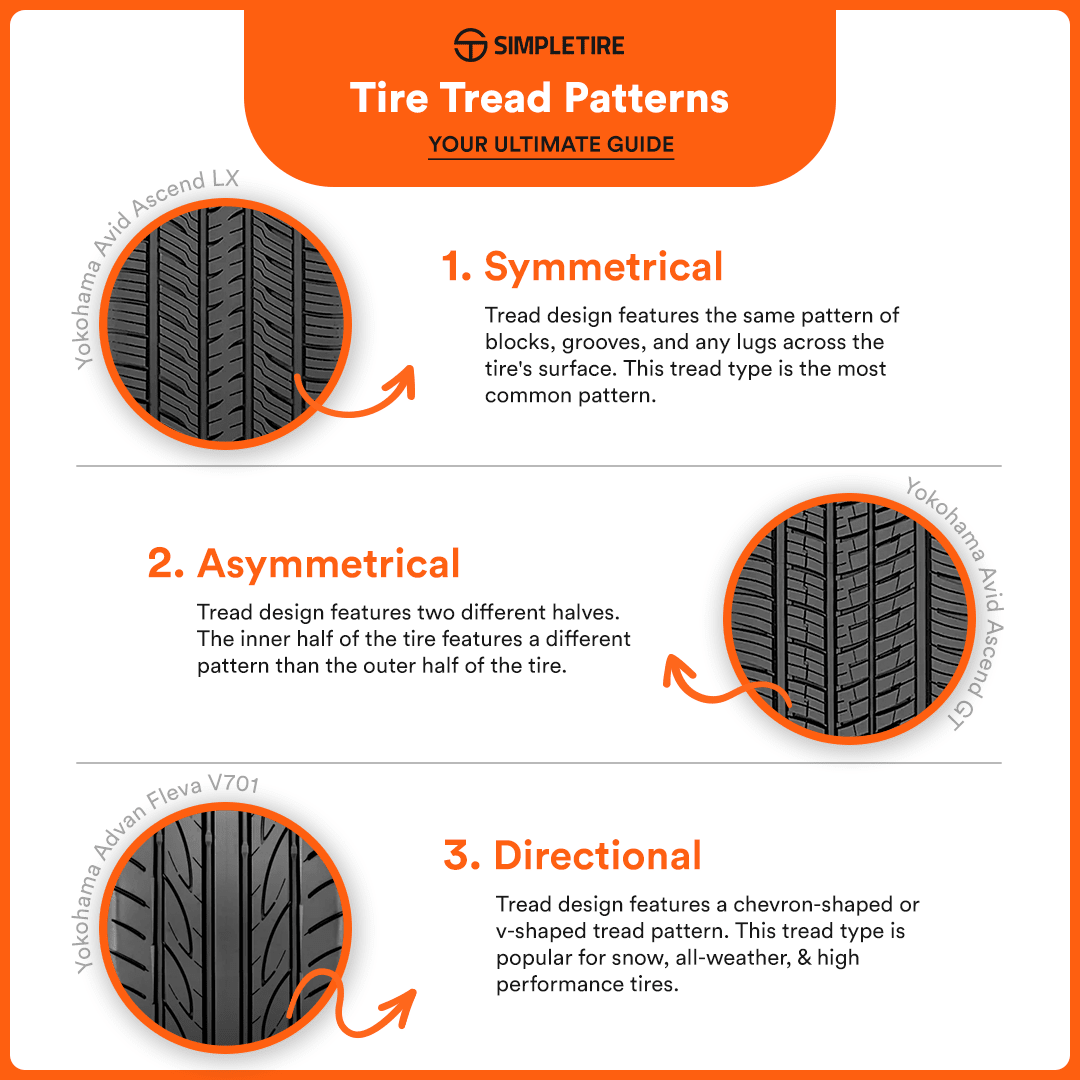
On-Road Performance
RT tires stand out on paved surfaces by offering a commendable balance of comfort and performance. Although their tread design is more pronounced than that of all-terrain tires, they manage to keep road noise to a minimum, making them a practical choice for everyday driving. This feature ensures that drivers enjoy a smooth ride while maintaining the versatility needed for occasional off-road excursions.
In terms of handling, RT tires provide consistent and reliable performance. The unique tread patterns and siping not only enhance grip during wet weather but also contribute to a responsive steering feel, allowing for precise control in various driving conditions. Furthermore, these tires strike a balance between traction and efficiency, showcasing a fuel economy that remains competitive compared to more aggressive off-road options.
Off-Road Performance
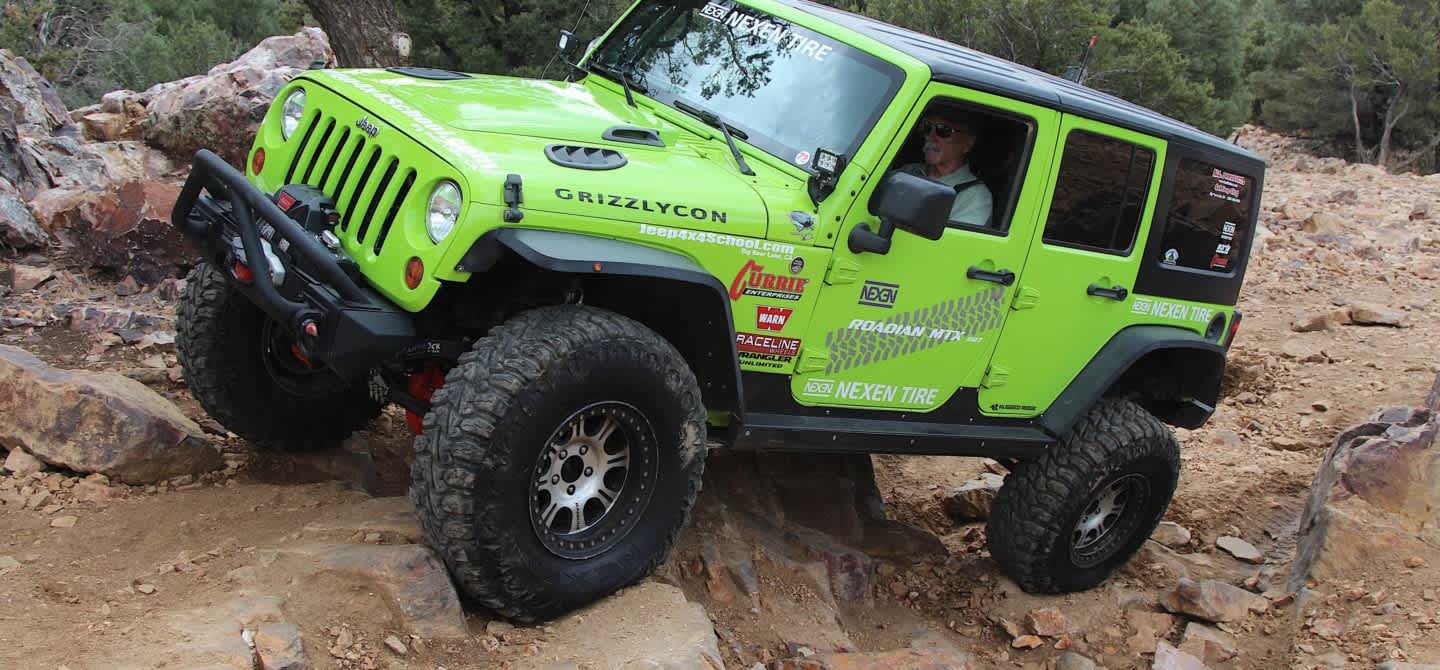
Venturing off the beaten path, RT tires prove their mettle with impressive capability across diverse terrains. Their robust tread configuration is designed to bite into surfaces like gravel and dirt, offering confidence-inspiring traction. This adaptability makes them a preferred option for drivers who tackle both paved roads and more challenging landscapes.
The structural integrity of RT tires is evident in their ability to handle rugged trails, thanks to fortified sidewalls that resist cuts and abrasions. This durability allows drivers to lower tire pressure for better grip on challenging trails without compromising safety. Additionally, RT tires perform reliably in snowy conditions, maintaining traction in light to moderate snowfalls. The thoughtful tread design also prevents the accumulation of debris, ensuring consistent off-road performance.
How to Know if RT Tires Are Right for You
Selecting the right tires involves evaluating several key factors that align with your driving needs. One primary consideration is how often you transition between urban roads and rugged paths. RT tires cater to drivers who frequently engage in both environments, providing the adaptability needed for diverse driving conditions without the inconvenience of frequent tire changes.
Comfort and efficiency are crucial when considering tires. RT tires strike a balance, offering acceptable noise levels and fuel economy suitable for varied terrains. If you prioritize a quieter ride over rugged performance, consider how this trade-off aligns with your daily commuting expectations.
Local climate and terrain significantly influence tire choice. RT tires excel in regions with varied weather patterns, delivering reliable performance across wet, icy, or dry conditions. Their construction supports drivers in handling unexpected weather shifts. Additionally, if your vehicle features modifications like lifts or enhanced off-road capabilities, RT tires offer the necessary strength to complement these enhancements. Cost-wise, RT tires provide an excellent blend of affordability and functionality, making them an attractive choice for those seeking versatile performance without overspending.
RT tires represent a smart investment for drivers who refuse to compromise between daily comfort and weekend adventure capabilities. Your driving style, terrain preferences, and vehicle setup all play crucial roles in determining whether rugged-terrain tires align with your needs. When you're ready to explore RT tire options that match your specific requirements, we invite you to shop for tires online and find the best deals with us.
Ready to find the perfect tires?
Search By
